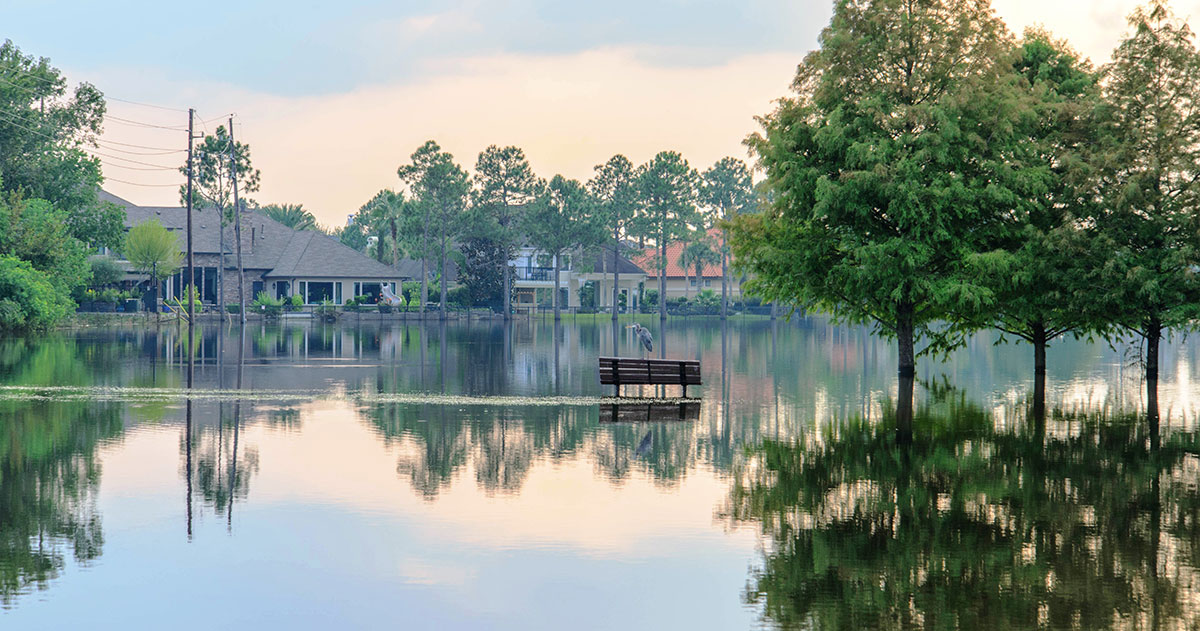Flood mitigation and ongoing severe storm recovery in Houston takes its toll on communities throughout the region, especially those that are historically neglected. Understanding how individuals and communities cope with natural disasters and perceive risks can help shape important decisions made by government.
Kate Anderson, a UH urban sociologist, and Hanadi Rifai, an environmental engineer and flooding expert, hope that if they can better understand how Houstonians make sense of their perceived risk during hurricanes and other flooding events, the better they might help communities plan for real danger.
Information concerning Houston floods will be the first of these disaster responses to be collected. Both qualitative and quantitative questions will be asked through a simple survey. Anderson will prepare the survey participants to discuss risk, preparedness and even encourage them to make sense out of policy — the way it is enacted right now in the wake of catastrophic flooding. Rifai will map actual flood risk data in Houston at the community level.
While a survey will begin the process, a second part will include in-depth interviews and focus groups in certain flood prone communities of Houston. The interview part of the equation will be conducted by utilizing community-based organizations. The researchers plan to uncover more information than ever before in what are considered historically neglected neighborhoods.
Instead of just uncovering the experiences of the Houstonians in the wake of flooding, their hope is that the study will contribute to our society’s collective understanding of mental health and coping strategies.
This project’s disaster expert, Hanadi Rifai, is also the director of UH’s Hurricane Resilience Research Institute (HuRRI). She aims to turn the perceived risk among Houstonians affected by Hurricane Harvey into a bottom line she can then take back into the community. Said Rifai: “If we are able to reconcile perception of flood risk with the actual risk of flooding, we will be able to proactively engage communities in their mitigation of such events and resiliency planning.”
With the right amount of community buy-in, proposals may be crafted and policy changes surrounding disaster response may be implemented. “This project is socially layered,” said Anderson. “And it has to do with how people deal with the ramifications of stress in their daily lives.”
Image: Getty Images/iStock/martince2
